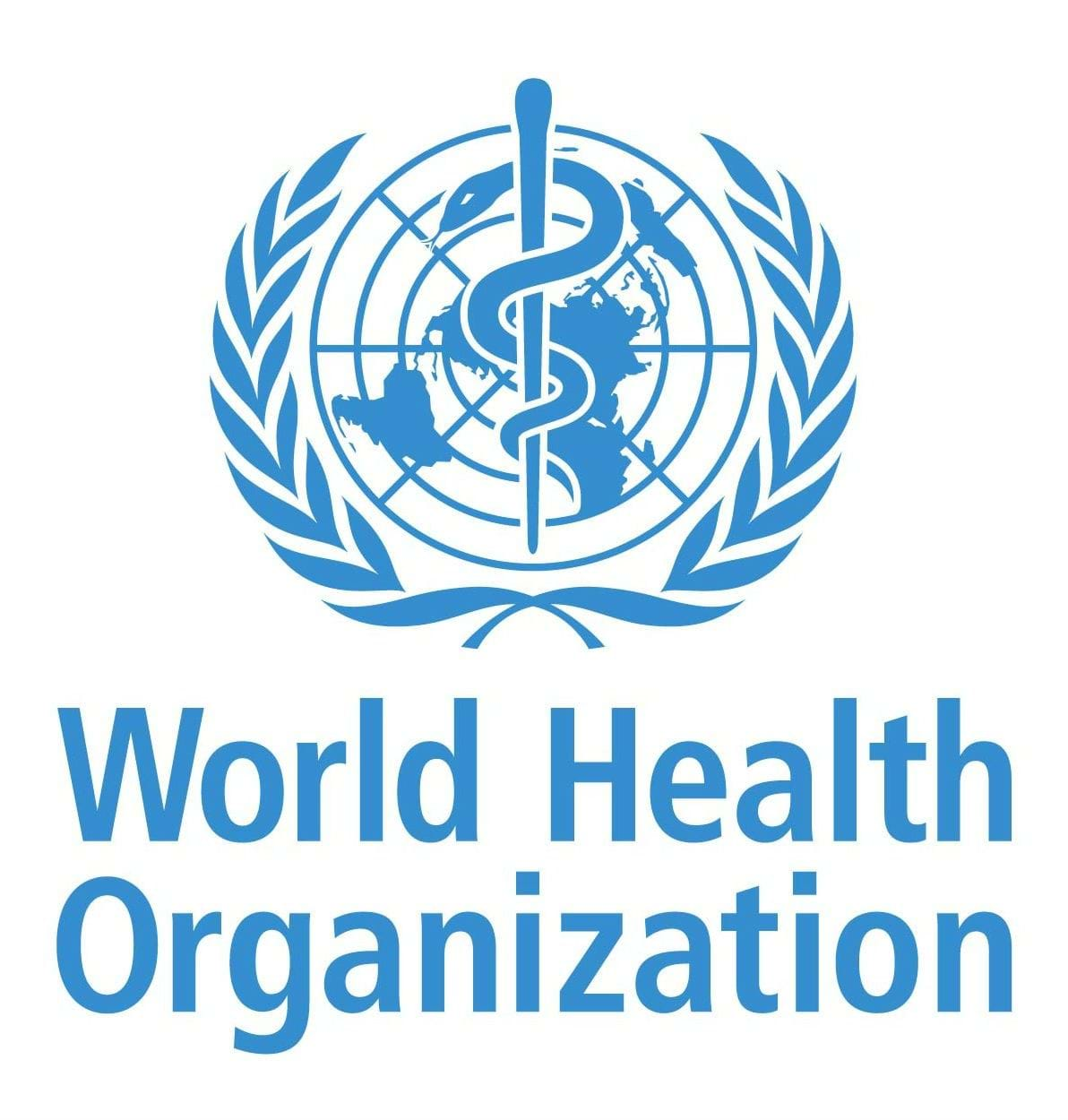Prevention, protection, and healing
Globally, countless young individuals are victims of sexual misconduct and exploitation. Such violations are pervasive, cutting across all nations and societal strata.
Children, especially girls, are at a greater risk of experiencing forced sex and sexual exploitation, abuse and violence, including both online and offline, and it’s also a common situation during armed conflicts.
In the global context of multiple challenges – the aftermath of the COVID-19 pandemic, conflicts, climate change and disasters – the inadequate action, or measures to address the root causes, such as rising inequalities, deepening poverty, and structural discrimination on intersecting grounds, continue to exacerbate the situations that expose children to exploitation, abuse and violence. Child victims and survivors of such crimes can face long-lasting negative impacts on their physical, mental, and sexual health and development. Such trauma on children may even amount to torture and other cruel, inhuman or degrading treatment.
Many victims and survivors never disclose and/or seek justice, rehabilitation or support because of the shame. For many victims and survivors, their child abuse experience affects their physical and mental health and well-being, and sometimes there are lifelong consequences.
In the 2030 Agenda for Sustainable Development, the dignity of children and their right to live free from violence is placed as a priority of the international development agenda through the implementation of the range of goals and targets of the 2023 Agenda relevant to ending exploitation, abuse, trafficking, torture and all forms of violence against children, as well as eliminating all harmful practices, such as child, early and forced marriage and female genital mutilation, which place children at risk of experiencing child sexual exploitation, abuse and violence.

.png?sfvrsn=6d0e27cd_1)



